Bluetooth Capability
FiiO has integrated the premium-tier Qualcomm QCC5124 chipset into the K7 BT, a well-known chipset with full LDAC support. FiiO has previously utilized the same chipset in the BTR7, leveraging their existing knowledge to ensure a seamless wireless experience with the K7 BT. As previously mentioned, the demands of the K7’s user base were clear: they desired high-res wireless capability through LDAC. I’m pleased to report that FiiO has delivered on this front.
I tested the K7 BT with my Android 12 phone, using LDAC and enforcing 990kbps rates via developer options. Even when streaming local 24-96kHz files, I didn’t experience any stutter. I also tested it with Qobuz, and the connection remained stable throughout my 10-day testing phase.
It’s particularly convenient to be able to control the volume of active monitors through your phone using the K7 BT as the source. On top of the added components, K7’s BT version is compatible with FiiO Control App. FiiO deserves praise for this update; the K7 needed Bluetooth functionality, and now it has it. We’ll look at the added features of the BT module in the next chapter.
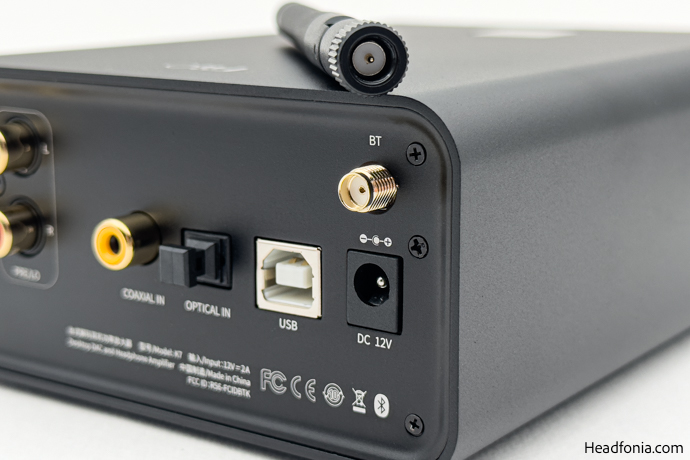
FiiO Control App Support
The K7 BT is compatible with the FiiO Control App that is available on both Apple and Android devices. Adding the device to the app is a simple process, requiring just a few taps. Within the app, you can activate or deactivate codec types, update the device’s firmware, reset it to factory settings, and access a quick start manual prepared by FiiO. Notably, the ability to update the device’s firmware through your phone provides a quick and easy way to keep the device current with the latest fixes. FiiO has an excellent reputation in this regard, offering extended support for their devices compared to many other brands on the market.
Additionally, the app includes a PEQ section that allows you to create and save EQ profiles for the K7 BT. This 10-band equalizer offers a fully customizable experience, including the ability to fine tune the affected band range. To access this feature, you need to touch and hold the red dots on the EQ, which will take you to a screen where you can fine-tune frequency ranges by manually entering numbers and adjusting the Q.
FiiO K7 BT – Wireless Sound Performance
Testing Equipment: Vision Ears VE7 with EA Leonidas (v1), Hifiman Ananda Nano, Android 12 Phone (LDAC), iPhone 14 PMX (AAC), and various other IEMs, headphones, etc. (BT mode + BAL 4.4mm)
The K7 BT sounds identical to the K7 when both are wired, so I’ll focus solely on the wireless aspect. First and foremost, the K7 BT is an outstanding DAC/AMP, and the addition of a Bluetooth module was a fundamental necessity, so hats off to FiiO for this implementation. The DAC delivers a clean and balanced sound, and the transition to wireless doesn’t alter the signature or compromise the dynamic and clarity-focused nature of the K7. I couldn’t discern any difference between LDAC (990kbps) wireless and USB with my daily driver Focal Alpha 80 studio monitors. However, testing the DAC/AMP with the VE7, known for its highly revealing signature, allowed me to draw some conclusions. Let’s delve into those now.
Firstly, the wireless performance is exceptional. It took a few tracks and some time to fully grasp the situation, but I must applaud FiiO’s excellent job of integrating a solid wireless chip that doesn’t degrade the device’s impressive capabilities. To my ears, with the VE7, the wireless performance is only marginally inferior in terms of resolution, PRaT, and imaging. The lines are slightly blurrier, but it’s quite subtle and not as easily pinpointed with the earphones I have other than the Vision Ears VE7 which I daily use. With the Hifiman Ananda Nano, both wireless and wired performance are clean and dynamic, with no easily discernible difference. FiiO has done an amazing job with the K7 BT and it certainly cemented its spot on our recommended list.
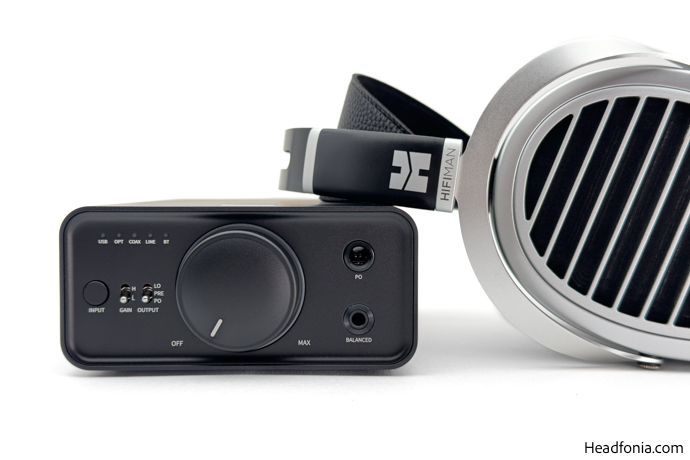
DAC Performance
For this section I connected the K7/K7 BT to my long-time reference monitors, the Focal Alpha 80s, using RCA pre/line-out. Right off the bat, the K7 sounds clean and vivid with the Focals. The bass is round, impactful, and recuperates fast, while the texture feels natural. There is a hint of warmth around the lower mid-section, and Focals had no trouble highlighting it during Anne Bison’s “September in Montreal” track. The midrange is articulate, engaging, and clean. The detail-retrieval of this region is impressive. The vocals and instruments sound natural with a good note-weight. Upper mids feel energetic, extended, and well-pronounced. They are also controlled, with no unwanted sibilance or shrillness. The treble reaches the top octave with good control and feels snappy. Good detail here also. Soundstage-wise, the DAC’s PRE/LO provides a medium-sized stage, not wide and not claustrophobic. Imaging and positioning feel accurate.
DAC & AMP Performance
Testing Gear: Hifiman Edition XS, Vision Ears VE7, Audioquest Pearl USB A-to-B, Qobuz & MacOS 12.6
The K7/K7 BT’s signature is balanced with hints of warmth. It sounds clean, articulate, and dynamic. It has a linear delivery with no particular emphasis on any region. It feels unsaturated and direct, especially with equally capable gear. The XS sounds defined, clean and clear with the K7, carrying a good amount of detail throughout the spectrum. The bass is clean, defined, and has good authority. The texture is natural. The PRaT is very good, especially so out of the BAL HPO. The bass hits and recuperates without feeling sluggish and the lows feel dynamic, fast. As for the midrange, the instruments and vocals sound articulate, dynamic with a good body. The instruments feel natural and do not feel artificial or too linear/clinical. The upper midrange is exciting, extended, and energetic, especially so through the 4.4mm HPO. Going back and forth to test BAL and UNBAL using Hifiman’s Edition XS Planar headphones yielded some interesting results.
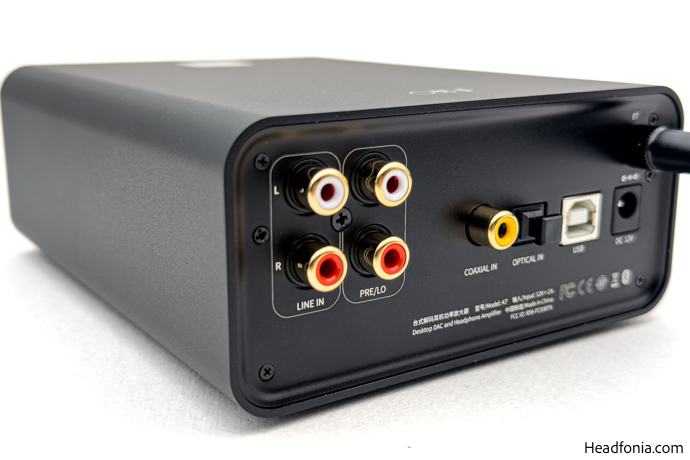
To be clear, after testing both outputs in a volume-matched condition, I found the balanced output to be superior in terms of technical aspects. Balanced output feels more expansive, more spacious. The instruments have more room to chime, and the sound is more effortless compared to the SE. As for the treble, the K7 sounds exciting with its well-extended, well-pronounced treble. It is also controlled and there aren’t any shrill or sharpness. The treble response feels more accurate and more detailed via the 4.4mm output. If you are looking to get the most out of K7, I highly recommend you get a balanced cable of any sort. You don’t need to go crazy as there are many budget options when it comes to those as well, from brands like XINHS, Tripowin, Linsoul, etc.
The K7 sounds more refined, especially technical-wise, compared to the K5Pro. It has a wider, more spacious soundstage with an adequate depth to follow. The instrument positioning and layering feel great, particularly in this price bracket. The K7 pairs well with my modded 58X. They cost less than 350 bucks together yet perform well above that price tag in my opinion. Let’s continue with the background. With the VE7 in-ear monitor, the K7 has a low-noise background that is not completely silent but close. The hissing is subtle, but it is there. So if you are planning to use it with highly sensitive monitors, you may hear hissing. However, I can’t hear any hissing on any of my full-size headphones, which is good.
For an AIO solution, the K7 is an excellent performer in my opinion. The only problem I think is the relatively marginal performance difference between the BAL and SE, but it’s nothing that can’t be fixed with a cable. Other than that, the K7 gets a solid thumbs up from me, sound-wise.
Comparisons
vs. Topping DX3 Pro+ ($199 USD)
Topping DX3 Pro+ is also an all-in-one unit. Topping managed to impress me with this device due to its fantastic sound quality and wireless capability.
It can be used as a separate DAC and PRE. It does not have a balanced architecture and comes with a 3.5mm HPO. It is almost as powerful as the K7 as it can dish out 1.8W into a 32-ohm load. Sound-wise both devices are very good, however, with the Edition XS, fed through the 4.4mm BAL out, the K7 has slightly superior detail-retrieval and resolution. It feels a tad more dynamic and resolving compared to the DX3Pro+. The DX3Pro+ has a better soundstage depth, however, the width is better on the K7. Now with the introduction of K7 BT, I see little point choosing the DX3 Pro+ instead of the K7 BT.
vs. K5Pro ESS ($209 USD)
I have to say that the move I expected from FiiO came with the K7 and the update that the K5Pro deserved came out as a new product altogether.
I think FiiO did a really good job with K7. It offers us a fully balanced architecture and AIO capability at a price tag of under two hundred dollars. There is a marginal difference in sound quality compared to the K5 Pro ESS, especially when we listen via balanced output. The K7 offers more detail, more spaciousness, and higher resolution. Additionally, the soundstage presented by the K7 is more accurate and layered than the K5 Pro ESS. Especially in terms of technical aspects, I don’t see much reason to buy the K5Pro ESS either.
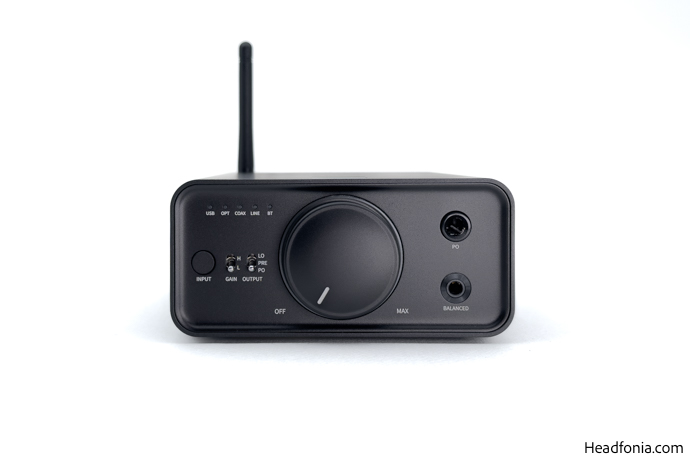
Final Thoughts
Taking into account the K7 BT’s features, build quality, and the components housed within its chassis, it’s clear that this DAC & AMP is a highly competitive offering in the current market, offering excellent value for money. The dual 4493SEQ DAC chips and dual THX 788+ amp modules at this price point is nothing short of remarkable. For an additional $50, you can own a robust wireless DAC/AMP that currently stands as a strong contender in the wireless market.
The K7 BT is the upgrade that the K7 needed. Its wireless performance is outstanding, with almost no impact on sound quality, and it adds new features to the already comprehensive suite that the K7 offers. If you’re in the market for a high-quality wireless DAC/AMP with rich features and excellent sound quality, the K7 BT is an easy recommendation from us.

Pros
+ Balanced sound signature
+ Great price to performance ratio
+ Good all-rounder
+ Feature-rich AIO device
+ App Support & PEQ
Cons
– None at this price
Page 1: FiiO, K7, Packaging & Accessories, Design & Build Quality, Features, Technology & Power
Page 2: Bluetooth Capability, FiiO Control App Support, Wireless Performance, DAC Performance, DAC & AMP Performance, Comparisons, Last Words





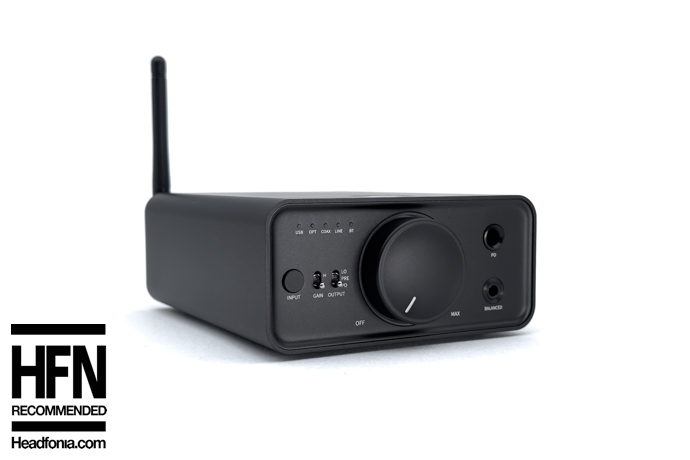
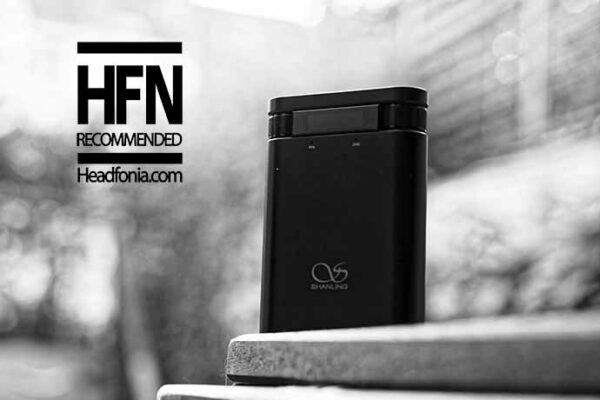
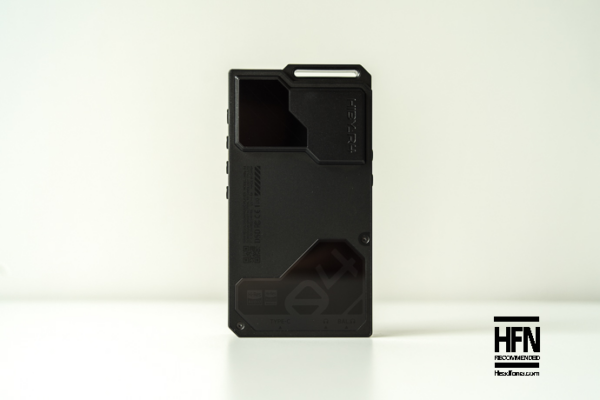
Johnny
Is there still a volume delay on the BT version? Ive seen one reviewer say the knob is more responsive than the original.
Yagiz
Hello Johnny,
It’s more or less the same between my units. No marginal difference whatsoever.
Cedric
Hello
I am looking for an Amplifier/DAC and I was wondering what is your recommandation between the TOPPING EX5 & the FiiO K7 BT to rule a FOCAL ELEGIA helmet and a AKG K 240 Studio
The source is an iMac and/or an iPhone with Qobuz Studio
I plan to buy later studio active spreakers
thanks for your advise